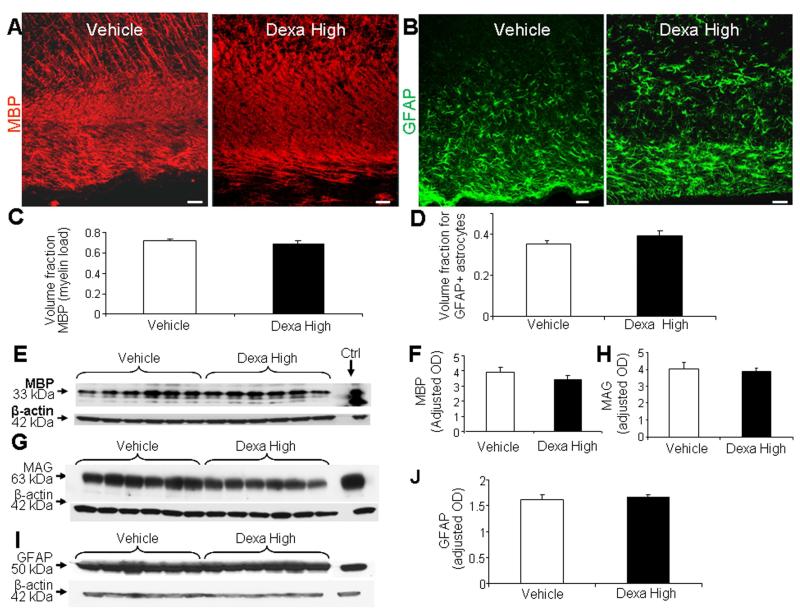Fig. 7. High-dose dexamethasone does not affect myelination and GFAP+ astrocytes in d 21 pups.
A, C) Representative immunofluorescence of cryosections from periventricular white matter labeled with MBP antibody from dexamethasone- and vehicle-treated pups at d 21. Note MBP+ immunoreactivity is similar in dexamethasone- and vehicle-treated pups. Scale bar, 50 μm. V = ventricle. Data are mean ± SEM (n = 5 each). Volume fraction of MBP+ labeling was comparable between the groups on stereological-analyses. B, D) Representative immunofluorescence of cryosections labeled with GFAP antibody from pups (d 21) treated with dexamethasone or vehicle. Note similar morphology and distribution of astrocytes. Scale bar, 50 μm. Graph shows mean ± SEM (n = 6 each). Volume fraction of astroglial fibers was similar between groups. E, F) Representative Western blot analyses for MBP in forebrain of pups treated with dexamethasone, and vehicle at d 21. Graph shows mean ± SEM (n = 5 each). MBP levels were similar between groups. G, H) Representative Western blot analyses for MAG in the forebrain of pups treated with dexamethasone, or vehicle. Adult rat brain was positive-control (arrow). Graph shows mean ± SEM (n = 6 each). The MAG levels were comparable between dexamethasone- and vehicle-treated pups. I, J) Western blot analyses for GFAP on pups (d 21) as indicated. Graph shows mean ± SEM (n = 6 each). GFAP levels were similar between high-dose dexamethasone- and vehicle-treated pups.

